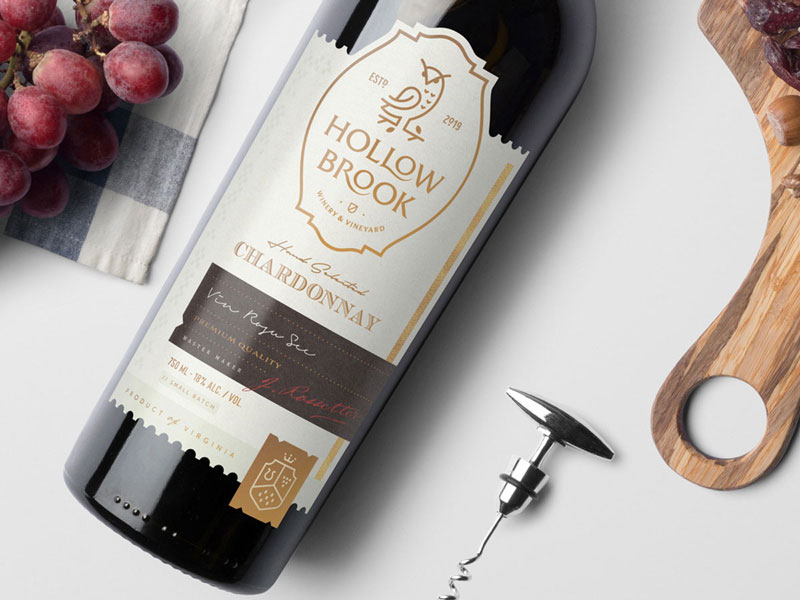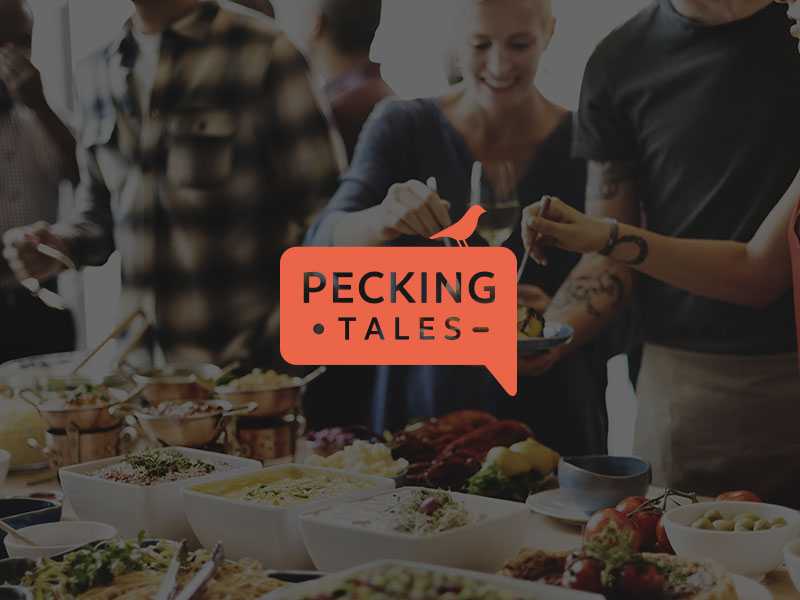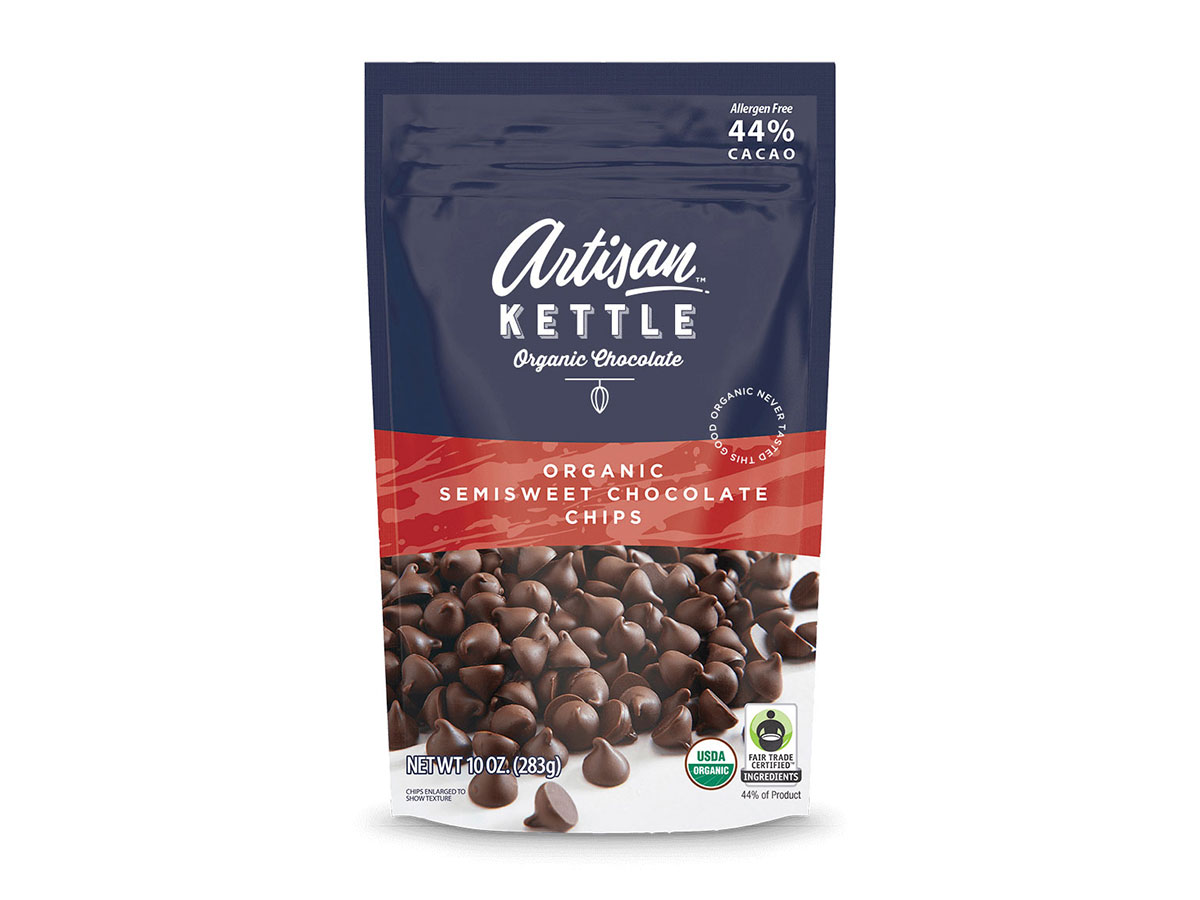
Dec 8, 2025
How to Write Powerful Brand Positioning Statement:...
Learn how to craft a compelling brand positioning statement that clarifies your market position, guides your marketing decisions, and helps your team stay...
Read ArticleLogo design, brand identity systems, naming, messaging, strategy, and marketing. Transparent pricing with instant purchase. 2000+ brands transformed since 1998.
25+
Years of Expertise
2000+
Brands Created
50+
Countries Served
98%
Client Satisfaction
Portfolio
Real clients. Real results. See how we've helped businesses transform their brand presence.






Strategic Brand Services
Complete branding solutions from strategy to execution. Transparent pricing, instant purchase, immediate start.
Starting from
$1,800
Discover your unique market position and build a brand that stands out from competitors.
View Packages & PricingStarting from
$1,200
Build a brand that looks as professional as you are with complete visual identity systems.
View Packages & PricingStarting from
$1,400
Create a name that opens doors and resonates with your ideal customers.
View Packages & PricingStarting from
$2,500
Turn your story into sales with compelling messaging that drives action.
View Packages & PricingStarting from
$1,200
Memorable, scalable logos that capture your brand essence and stand the test of time.
View Packages & PricingStarting from
$2,800
Turn your website into a sales machine with high-converting brand experiences.
View Packages & PricingStarting from
$3,500
Build a brand that markets itself with integrated campaigns that accelerate growth.
View Packages & PricingStrategic Process
Our proven 4-step process transforms confused companies into strategic market leaders through brand development.
We analyze your current brand position, identify gaps, and uncover what makes you unique in the market.
We develop a comprehensive brand strategy that positions you for competitive advantage and market leadership.
Our award-winning team creates strategic brand assets that bring your positioning to life and drive business results.
We deliver complete brand systems with guidelines and training to ensure consistent execution across all touchpoints.
Why Spellbrand
With decades of experience and thousands of successful projects, we know what it takes to build brands that last.
We don't just design logos—we architect complete brand strategies that drive business growth and market positioning.
Since 1999, we've helped 2000+ businesses transform from confused companies into market leaders.
Every brand decision is backed by strategy and focused on measurable business outcomes, not just aesthetics.
We build brands that stand out in crowded markets and command premium pricing through strategic positioning.
From strategy to implementation, we provide everything you need to build a powerful, cohesive brand presence.
98% client satisfaction with brands that consistently outperform competitors and drive business growth.
Client Love
Don't just take our word for it. Hear from businesses we've helped transform.
Hope Candiotti
LUX Wellness
"I’m so glad I found Spellbrand, my team is awesome. The brand they designed for me is exactly what I was looking for but even better. Look forward to working with my Spellbrand team on my brand strategy and web design. Thank you, team!!"
Rui Marques
United Evolution, London
"Excellent artwork! Not only you did what I asked for but excelled my expectations.It looks stunning!"
Mohogany Phillips
Mohogany
"The team at Spellbrand did an excellent job on my logo design. I am very thankful to the Creative Director – Mash was very patient, thorough and provided regular updates including informative feedback with changes and revisions. I am indeed satisfied."
Shazia Durrani
Trafero Fitness
"I am thrilled with my experience with Spellbrand. They were able to see my vision and create a logo that represented my brand perfectly and relayed my story precisely. They successfully took my vision to reality. I can't say enough great things about them!"
Annissa McHarg Krueger
Mrs. Traveller
"The team at Spellbrand have just finished a project for me and it has been a great process from the beginning to the end. Every part about the service was professional in every way. I would definitely use Spellbrand in the future if the need arises. Thanks Mash and your team."
Matt Esser
Super Toid LLC
"Thanks Mash for your hard work, the whole process was easier than expected with the Studio floor experience and your turn-around time between rounds was super fast! I would definitely use SpellBrand again in the future!"
Insights
Expert insights on branding, design, and business growth strategies.

Dec 8, 2025
Learn how to craft a compelling brand positioning statement that clarifies your market position, guides your marketing decisions, and helps your team stay...
Read Article
Nov 25, 2025
Brand failure happens to even the most successful companies. Discover expert strategies and insights to help your business succeed.
Read Article
Nov 24, 2025
Discover how circles, squares, triangles, and other geometric shapes in logo design subconsciously influence consumer perception and brand trust.
Read ArticleBrowse our service packages and choose the perfect fit for your business. Transparent pricing, instant purchase, and immediate project start.
Free consultation • Fast response • No obligation